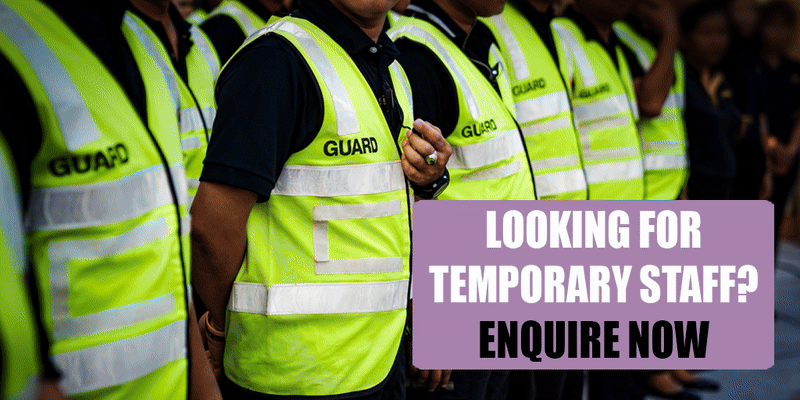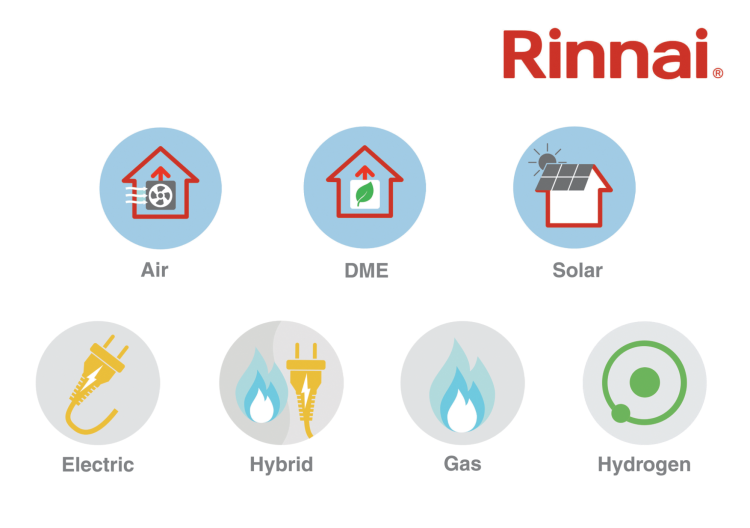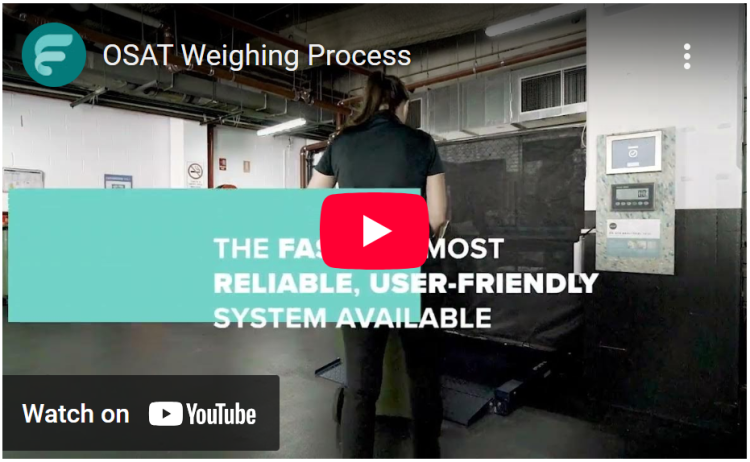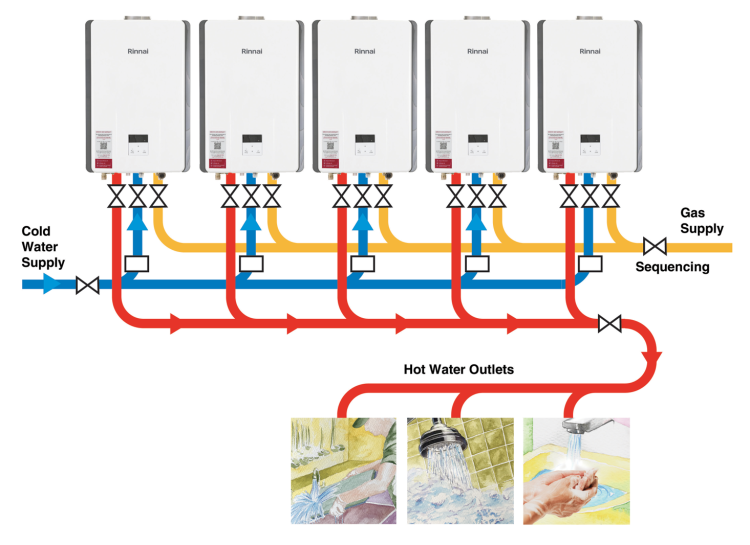11 August 2020 | Updated 18 August 2020
Research shows that the majority of people furloughed during lockdown continued to work for their employer, with men more likely to do so than women.
The research, shared exclusively with The Observer, comes from a group of economists from Cambridge, Oxford and Zurich universities. It used real-time survey evidence from furloughed workers in the UK, in April and May 2020.
The study showed that 87 per cent of men and 77 per cent of women who received a salary top-up continued to work for their employer whilst furloughed. For those not receiving salary top-ups, 69 per cent of men and 52 per cent of women flouted furlough rules and continued to work.
“These results have important implications for the design of short-time work schemes and the strategy for effectively reopening the economy.”
–Abi Adams-Prassl et al
Furloughing Study, 7 August 2020
What is Furlough Fraud?
The conditions of the Coronavirus Job Retention Scheme explicitly state that during the hours in which an employee is recorded as furloughed, no work can be undertaken. This includes anything that makes money or provides a service for the organisation. Training, volunteering or working for another employer however, is permitted.
With the concept of furloughing staff a relatively unknown one in UK employment law, many sought to qualify some of the finer details on things such as communication with employees or use of corporate social media and email accounts.
According to HM Revenue and Customs, the number of reports of furlough fraud rose by more than half between the end of June and 22 July. 6,749 reports of misuse of the scheme were recorded up to 22 July, compared to around 4,400 at the end of June.
The Financial Times reported in mid-July that a businessman from the West Midlands had become the first person to be arrested for an alleged fraud of the furlough scheme, with £495,000 allegedly falsely claimed.
The economic study detailed in The Observer this week suggests that, overall, 63 per cent of furloughed people had spent some time working for their employer, yet only 22 per cent of furloughed men and 17 per cent of furloughed women say they were formally asked to do so.
What are the Study’s Main Conclusions?
- The authors concluded that women were significantly more likely to be furloughed, with inequality in care responsibilities playing a key role. Mothers were 10 percentage points more likely than fathers to initiate the decision to be furloughed (as opposed to it being fully or mostly the employer’s decision) but no such gender gap is found amongst childless workers.
- The prohibition of working whilst furloughed was routinely ignored, especially by men who can do a large percentage of their work tasks from home; only 37 per cent of furloughed workers worked zero hours in the survey reference week.
- Women were less likely to have their salary topped up beyond the 80 per cent subsidy paid for by the government.
- Workers without employer-provided sick pay have a significantly lower willingness to return to work, as do workers in sales and food preparation occupations.
- Compared to non-furloughed employees, furloughed workers are significantly more pessimistic about keeping their job in the short to medium run and are significantly more likely to be actively searching for a new job even when controlling for detailed job characteristics.
Picture: A photograph showing a person working at laptop computer, holding a smartphone.
Article written by Ella Tansley | Published 11 August 2020
Share
Related Articles
Travel Quarantine Restrictions and the Implications for UK Employers
New quarantine restrictions on people returning from Spain may have implications for UK employers.
On Sunday 26 July 2020, Spain was removed from the travel corridor...
Read Full Article
Posting On LinkedIn Whilst Furloughed – Is It A Breach?
As around 10 per cent of the private sector workforce is set to be furloughed and temporarily absent from work, is posting on LinkedIn during this time a legal grey...
Read Full Article
Trades Union Congress Urges Employers to Furlough Parents Affected by School Closures
The TUC is calling on employers to offer furlough to all parents affected by the closure of schools, as all secondary schools will remain closed this week.
The union...
Read Full Article
HMRC Accepts £215m in Furlough Returns
£215m of furlough funds have been returned to the government in circumstances where they were mistakenly claimed, or entirely unnecessary.
HMRC have recorded...
Read Full Article
Furlough Fraud Bill up to £3.5bn, Says Tax Authorities
The government has said that up to £3.5bn may have been fraudulently or mistakenly claimed under the Coronavirus Job Retention Scheme.
Speaking to the Commons...
Read Full Article
COVID-19 Job Retention Scheme - Is It Enough?
As the government supports businesses and their furloughed workers through the COVID-19 Job Retention scheme, how will this affect UK productivity over the long...
Read Full Article
Memorial to Transport Workers who Lost Their Lives to COVID-19 Unveiled
A new memorial in Aldgate that commemorates transport workers who passed away due to COVID-19 has been officially opened by the Mayor of London Sadiq...
Read Full Article
MPs’ COVID-19 Report Calls on Minimum Standards for Hygiene Infrastructure
MPs are recommending a series of measures to prepare the UK for future public health emergencies, resulting from an inquiry into the role of cleaning during the COVID-19...
Read Full Article
Sodexo’s Head of Health & Safety Named COVID Workplace Champion
April Harvey from Sodexo has been recognised for her role as health, safety and risk lead in the mobilisation of the first COVID quarantine facility and COVID-19 test...
Read Full Article
Improving Indoor Air Quality This Winter
During the pandemic, COVID has raised the profile of the quality of the air we breathe in our buildings – how do we maintain this priority throughout the winter...
Read Full Article


.gif)

.gif)
.gif)



.png)



.png)




